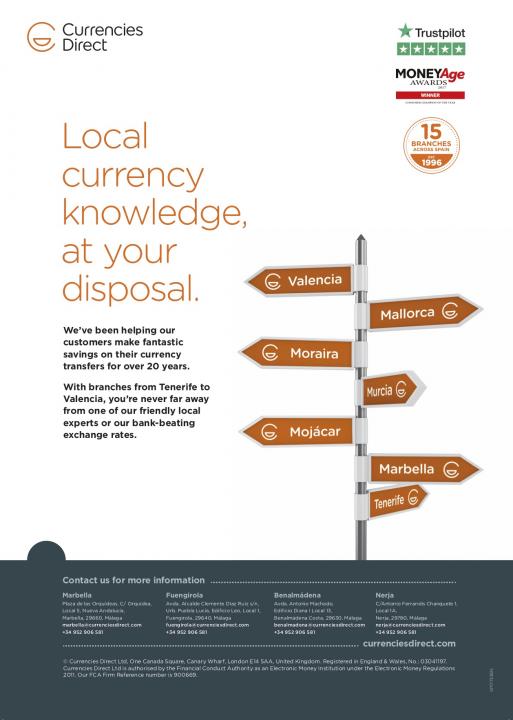
We witnessed some dramatic swings in the currency market over the past couple of weeks, amid signs inflationary pressures are easing across the globe.
During this time, we’ve seen GBP/EUR climb to a high of €1.17 before falling back to €1.15, while EUR/GBP climbed from £0.85 to £0.86.
Meanwhile, GBP/USD traded between $1.27 and $1.31, while EUR/USD briefly climbed to $1.12 before falling back to $1.09.
Latest currency news
Staying on top of the latest currency news can help you time your transfers more effectively, so find out what you should be looking out for over the next couple of weeks…
What’s been happening?
The US dollar plunged to multi-month lows in the first half of July as cooling US inflation dented Federal Reserve interest rate expectations. The ‘greenback’ subsequently rebounded as market sentiment soured.
In contrast the pound initially soared on the back of record UK wage growth, before softer-than-expected UK inflation figures sent Sterling reeling.
Meanwhile, in the absence of any notable EUR data releases, movement in the euro has largely been dictated by its negative correlation with the US dollar, leading EUR/USD to strike a 15-month high before quickly falling back again.
What do you need to look out for?
Looking ahead, the immediate focus will be on the latest interest rate decisions from the Fed and European Central Bank (ECB)
Both the Fed and ECB are expected to deliver a 25bps hike following their July meetings. However, could some dovish forward guidance weaken their respective currencies?
Meanwhile, the BoE will deliver its latest rate decision in the first week of August. In light of the UK’s recent inflation will the bank’s policy outlook strike a more dovish chord?
